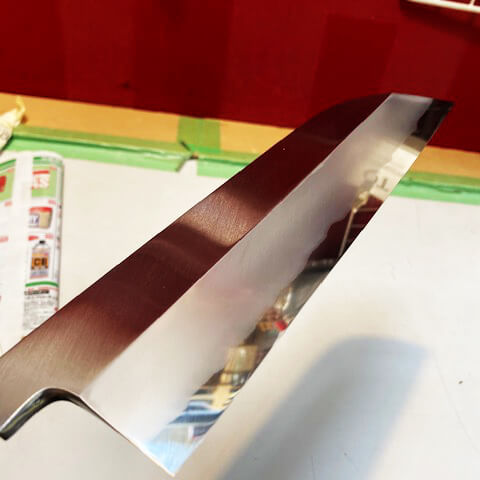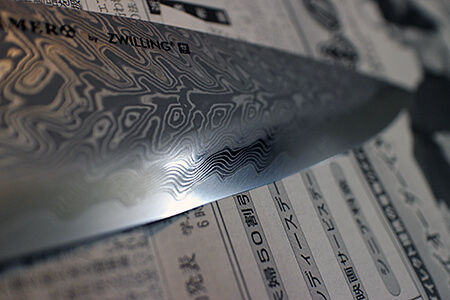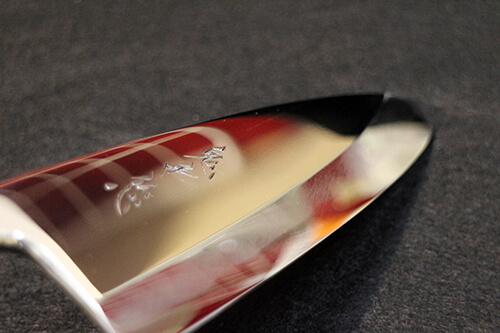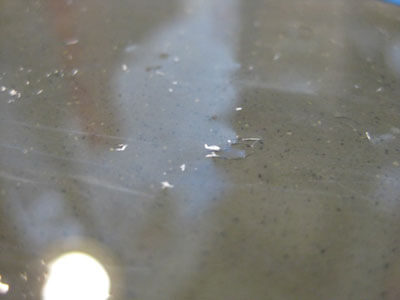New = Hamaguri blade?
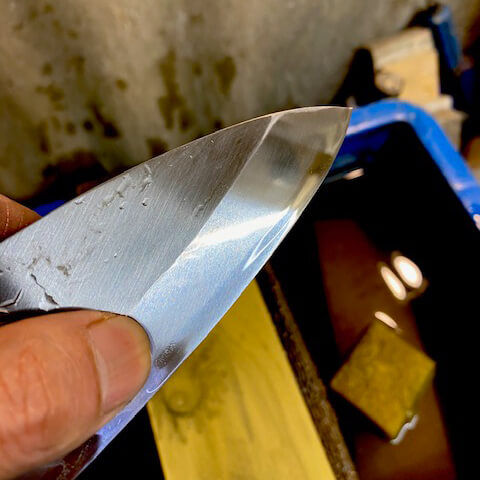
In the morning, a skilled craftsman who had been sharpening the knives we discussed during our quality-management conversation came by. So, I decided to ask about the truth behind the knives not having the Hamaguri edge. ‘The other day, when I was doing the Honbazuke, I noticed something…’
I presented the following two points up front:
Is it intentionally left without the Hamaguri edge, with the assumption that it will be Honbazuke-sharpened? (Not having the Hamaguri edge) Could this approach actually create a cleaner shinogi line in practice? The craftsman had a knowing grin, like ‘Did you figure it out?’ He pondered, ‘I wonder how it actually is? Should I round it off?’
I shared my thoughts, ‘Generally, it does become nicely rounded off, but if you’re planning to Honbazuke-sharpen it, having it not rounded off can save unnecessary sharpening effort.’
He nodded in agreement, ‘Yeah, I’ve been sharpening with some hesitation too, but if I’m going for Honbazuke, this approach might be better.’
I added, ‘With proper explanation, I think they would understand and agree.’
However, explaining this requires going through various steps. While it’s simple when spoken, explaining it in writing requires a bit of an elaborate explanation… In essence, it’s about removing unnecessary thickness for Honbazuke and making the shinogi line stand out more clearly. Do you follow?
Hmm, it’s still a bit challenging (^_^)b.
Next time we do Honbazuke, let’s explain it with some pictures.
hibishugyo
- 2009-03-26
